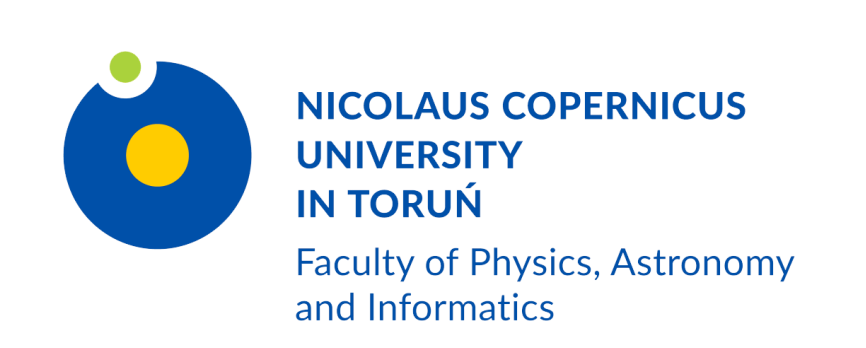![obrazek: [fot. Andrzej Romański] Zdjęcie ilustracyjne](http://www.umk.pl/wiadomosci/serwisy_wp/zdjecia/2684/srednie.jpg)
Dr Agata Cygan from the Institute of Physics of the Nicolaus Copernicus University received this year's Professor Stefan Pieńkowski's scientific award. The award was given for the development of a new method of frequency spectroscopy in the optical cavity, guaranteeing accuracy unattainable so far by any other technique.
The Professor Stefan Pieńkowski’s award was established in 2004 by the Council of the Faculty of Physics at the University of Warsaw. It has national coverage and is awarded annually for significant scientific achievements in the field of experimental physics, astronomy, chemistry and biology that have contributed to the development of the national scientific community. It is addressed to young researchers working in national units who are under 36 years of age in a given calendar year. The founder of the award is Marek Maria Pieńkowski, MD, Ph.D., operating through the Marek Maria Pieńkowski Foundation.
Dr. Cygan and co-workers developed a novel one-dimensional CMDS method (cavity mode-dispersion spectroscopy) based on the frequency measurement of the dispersive shift of the optical cavity modes. This technique is insensitive to systematic errors in the detection system of laser radiation intensity used by all absorption methods. In contrast to typical dispersion techniques, the developed method does not require phase detection and optical path calibration in the investigated medium. At the same time, it is a technique characterized by sensitivity and precision comparable to the most sensitive spectroscopic methods. The unquestionable potential of the presented method is hidden in the measurement of only one physical quantity - the frequency that can currently be relized with a relative accuracy of even 10-18. As a result, this method is more accurate than all other spectroscopic techniques and has the ability to easily reference the measured spectrum to the atomic frequency standard. The ultra-high accuracy of the CMDS method, combined with a wide dynamic range of absorption/dispersion measurements, has led to a universal method with potential numerous applications. The most important of them are contemporary atmospheric research. In this case even small systematic errors of data used to interpret measurements may lead to contradictory conclusions. The developed frequency-based spectroscopy method eliminates this problem by means of easy and direct reference of measurements to the atomic frequency standard, which will greatly facilitate the comparison of data obtained in various laboratories around the world. The development of spectroscopic techniques focused on precision and accuracy is also crucial for metrology, ultra-accurate measurements of molecular structure and isotopic ratios, study of exoplanet atmospheres and searching for extraterrestrial life, as well as quantum electrodynamics tests and searching for physics beyond the Standard Model.

 Grudziądzka 5, 87-100 Toruń
Grudziądzka 5, 87-100 Toruń